Eye-level with the eucalyptus canopy of Golden Gate Park, Charlie Blevins stands on his San Francisco rooftop and begins to “suit up.”
He slips on a white jacket, then pulls a spacesuit- like hood over his head that masks his face with a netted veil. A pair of thick, white gloves drawn on and Blevins is ready for “inspection.” He gently pulls a honeycomb frame from the hive.
This is from one of 35 beehives that the San Franciscan beekeeper maintains in the backyards and rooftops of Bay Area properties. Is the queen laying eggs? Is the colony in tip-top shape? Are honey stores adequate? Blevins, a cheery and warm-hearted man in his late 50s, asks himself these questions as he checks each hive for signs of disease.
“You can tell a lot about the egg-laying pattern of the queen. If the queen is not laying, then the hive will die. Bees only live six weeks,” said Blevins.
Honeybee populations are in deep trouble around the world, but in places like San Francisco, urban beekeepers are doing their part to restore the enterprising Apis to their crucial role as ecosystem pollinator. Urban beekeeping is an outgrowth of the local food movement, which has inspired countless farms in urban pockets and has stoked the dream of sustainable cities. Behind every urban beehive is the beekeeper.
In Part 1 of Bay Nature’s mini-series on urban beekeeping, we meet Charlie Blevins, the president of the 180-member strong San Francisco Beekeepers Association, and the harvester of a whopping 500 pounds of honey a year.
A big part of Blevins’ success is that he never turns down a bee in need. As one of the few people listed on the beekeeper association’s “swarm list,” he rounds up dislocated honeybees from the properties of frightened residents and helps re-establish them into “mutually beneficial habitats.” His expressed goal: “creating opportunities for disadvantaged bees.”
Who you gonna call?
Oddly enough, Blevins’ 24-year career as a police officer comes in handy when dealing with bees. That’s because much of what he does is take charge in situations where bees are on the losing end of a public relations battle.
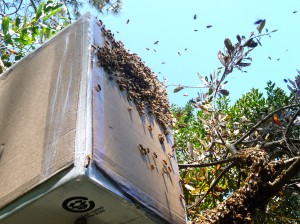
Blevins rushes to the scene of a swarm and calms people’s nerves before they break out the pest control. He says that many people conflate honeybees with hornets and wasps, and don’t understand that they are actually gentle creatures.
“All they want to do is make babies and honey,” he said.
Though seemingly fierce in numbers, swarms are actually quite vulnerable. Up to 75% of swarming bees perish from either the chill of the fog or from pesticide use by worried homeowners, says Blevins. This statistic is one of the reasons why Blevins got into swarm catching in the first place.
After retiring as police chief in Woodburn, Oregon, Blevins and his wife, Jill, moved to San Francisco in December 2009 to help manage his father-in-law’s apartment complex in the Richmond District. Little did he know that this building would soon change his life, eventually providing the working space for honeybees and his nonprofit, Habitat for Honeybees.
In retirement, Blevins said he yearned for a therapeutic pastime activity.
“I wanted something totally different, something positive, and something I could get my hands dirty with,” said Blevins.
He saw a local advertising from the beekeepers association and Jill suggested beekeeping. The couple went to the San Francisco Botanical Garden to check out an observation hive on display. Encased in plexiglass, the hive revealed the secret world of bees and Blevins was instantly captivated.
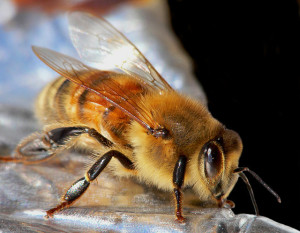
“You could actually see the bees inside, you could see them working. I was just taken. I was fascinated. I don’t know what came over me, but I just needed to keep bees,” said Blevins.
Blevins said he was charmed by the sweetness of bees.
“They are so adorable. If you ever just look at a honey bee up close, its little face is so cute,” he said. “They have really big eyes and are very curious. I just fell in love with these bees.”
Blevins began attending beekeeper association meetings and signed himself up for a beekeeping series—months and months of introductory classes.
The thrill of the hive
Drawn to the thrill of the hive, Blevins dived into beekeeping, beginning with two rooftop hives. Jill offered his next big inspiration. Instead of buying bees online or from a local breeder, why not take in swarming bees? Honeybees are driven to swarm when they outgrow their old hive.
Blevins’ knack for swarm catching gradually brought hive numbers to 35 over the course of several years. Catching swarms is not for the novice, and Charlie only began this endeavor after shadowing several experienced beekeepers.
Swarm catching takes several hours and usually involves tiptoeing up a ladder onto a limb, where thousands of bees huddle together. Blevins will then lure the swarm into a box (making sure to include the queen) and then leave the box until dark, when the bees stop flying, to be sure to capture the worker bees when they come home to their queen.
Considering that Blevins normally gets one swarm call a day during the spring high season, the bees quickly outgrew his rooftop. Jill suggested they find swarms homes, or “mutually beneficial habitats” on organic farms. With a website and a flashy name, and the idea took off. “Habitat for Honeybees,” the nonprofit they founded, connects swarming honeybees with new hives on spots around the Bay Area.
New blood
Blevins is now playing it forward, mentoring five novices at a time on the art of beekeeping. This year he also intends to train more experienced beekeepers on swarm catching.
Impressed by Blevin’s passion and his successful nonprofit, the San Francisco Beekeepers Association promoted him to vice president of the group, and now president as of this year.
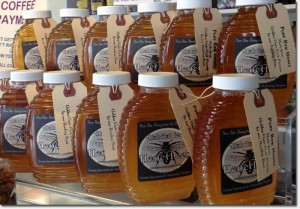
“I believe his enthusiasm will rub off on other people,” said association member and fellow swarm catcher Paul Koski. “His ideas, his enthusiasm, and his promotion of beekeeping will be good for beekeepers in the big city.”
As president, Blevins hopes to make the organization stronger. The SFBA gets up to 30 new members each year, but they shed members just as fast. Blevins thinks that’s because all the classes are geared toward beginners.
“Right now it’s kind of like a bee academy, like a police academy. You graduate and then now what do you do?” said Blevins.
He said seasoned beekeepers lose interest and drift away. Several years later, many of these departed beekeepers have stopped keeping bees altogether. Apparently, they need a colony of fellow beekeepers to keep their passion alive.
Blevins hopes to support them with continued education, retaining experienced beekeepers with the lure of advanced classes and discussions with entomologists.
Blevins’ fervor is beginning to spread, said Koski.
“Charlie has already made connections with lots of people. I’m looking forward to his line of speakers this year,” said Koski.
Human side of bees
Though Blevins never gets tired of his bees, it’s the human component of beekeeping that really makes him tick—meeting different people, calming the public’s fears, and sparking interest in this miraculous species.
“When you go to a swarm call, it’s really rewarding to show up, put on your suit, and say that everything is going to be fine.”
Typically homeowners and neighbors watch through their windows as he crawls up a ladder and takes care of the swarming bees. Once caught and minds at ease, the swarm catch turns into an impromptu beekeeping class and inevitably ends with curious bystanders wanting to join the club.
A master at managing people’s concerns, Blevin’s 24 years as a cop are not far behind him. Swarm catching is almost like driving a police car, just a lot less dangerous.
[slideshow]

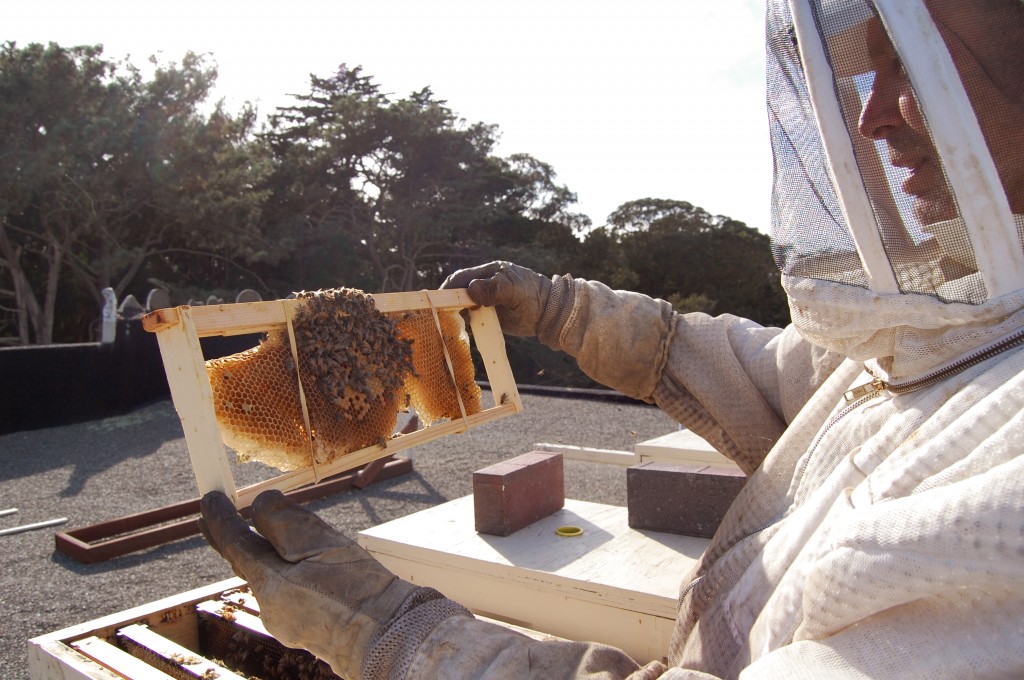

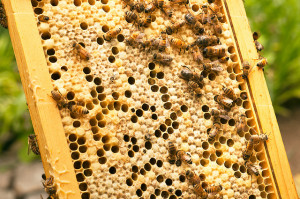
-300x225.jpg)
-300x199.jpg)